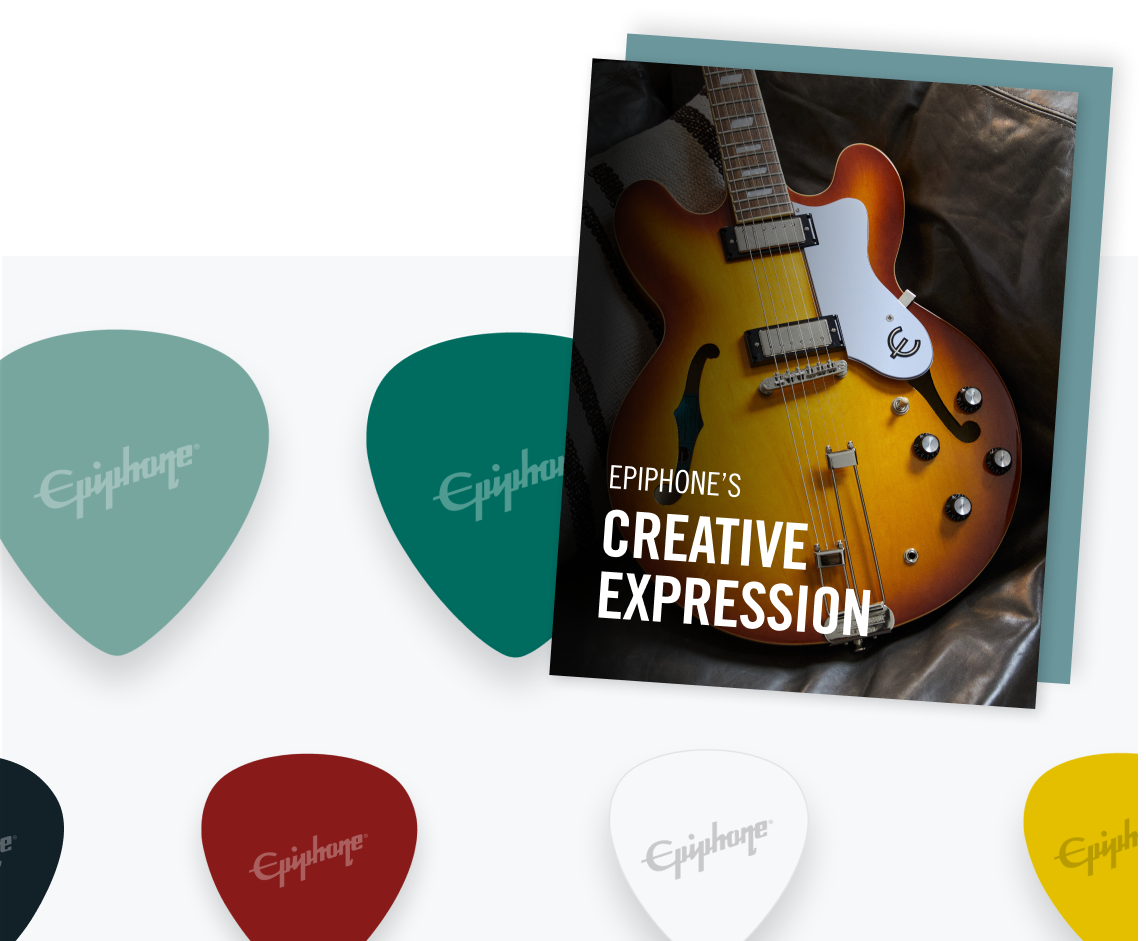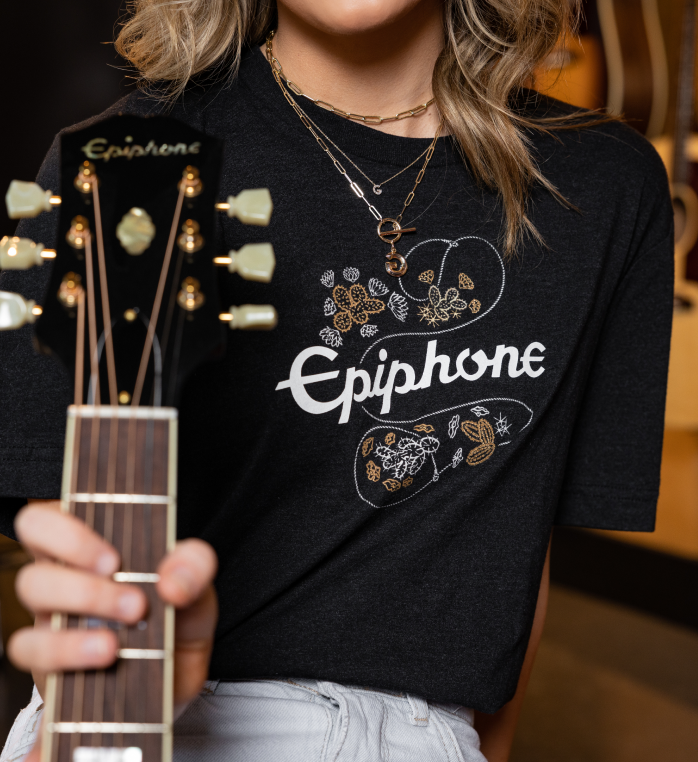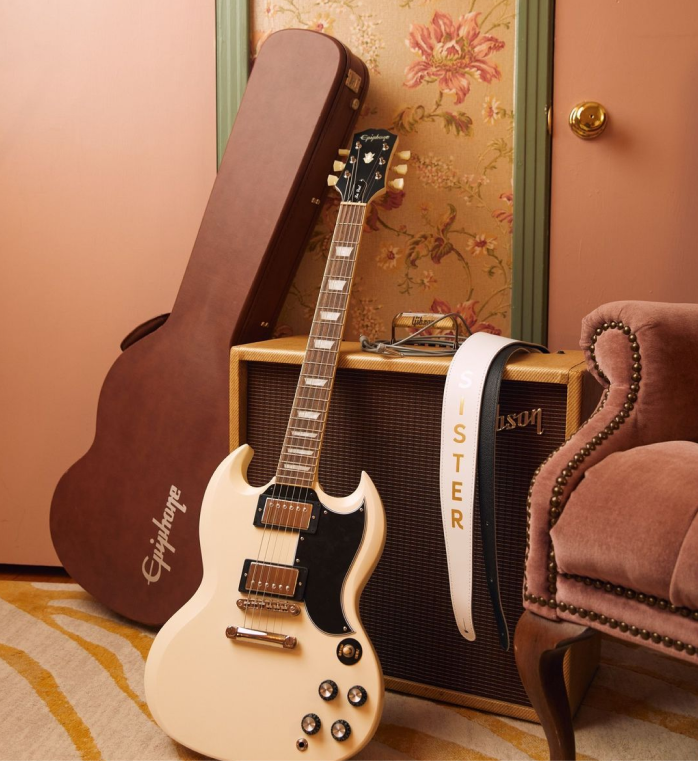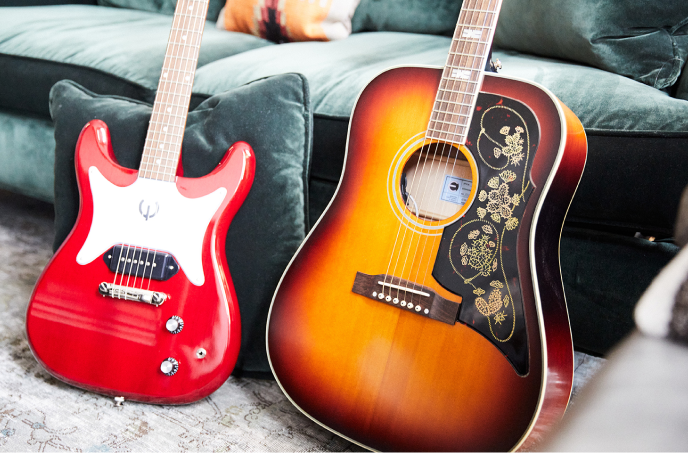FOR EVERY STAGE
Epiphone is one of America’s oldest instrument makers. Since 1873, Epiphone has made instruments for every style of musician and has played a central role in every great era of popular music: from the mandolin craze of the early 1900s to jazz age guitars of the 1920s; from swing-era archtops through post-war pop, jazz, R&B, and early rock n’ roll; and from the “British Invasion” to heavy metal, punk, grunge, and thrash.
Today, Epiphone continues to be a brand for every player, For Every Stage. From garages to stadiums, our instruments are the most authentic and accessible.
VALUE PROPOSITION
Accessible
Authentic
Amazing
Value
CORE FANS
For the Discoverer
Strummer
Beginner
Stage Musician
Gifter
Collector
Enthusiast
meet epiphone Products
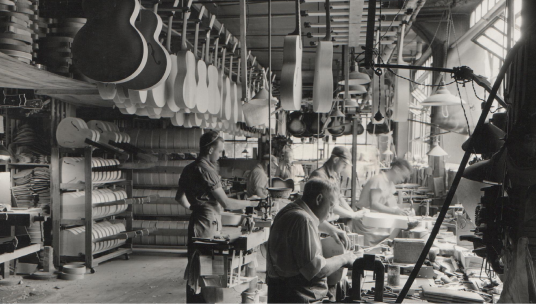
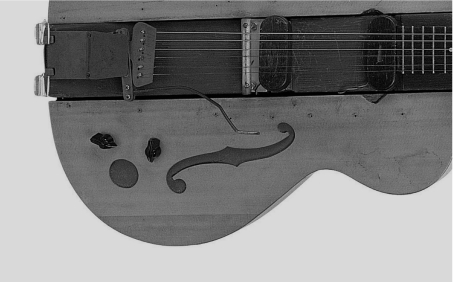
EPIPHONE
HISTORY
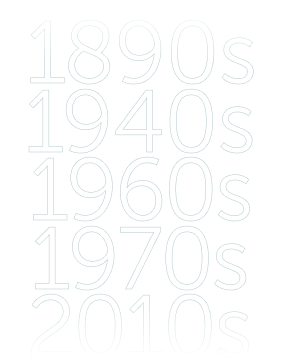

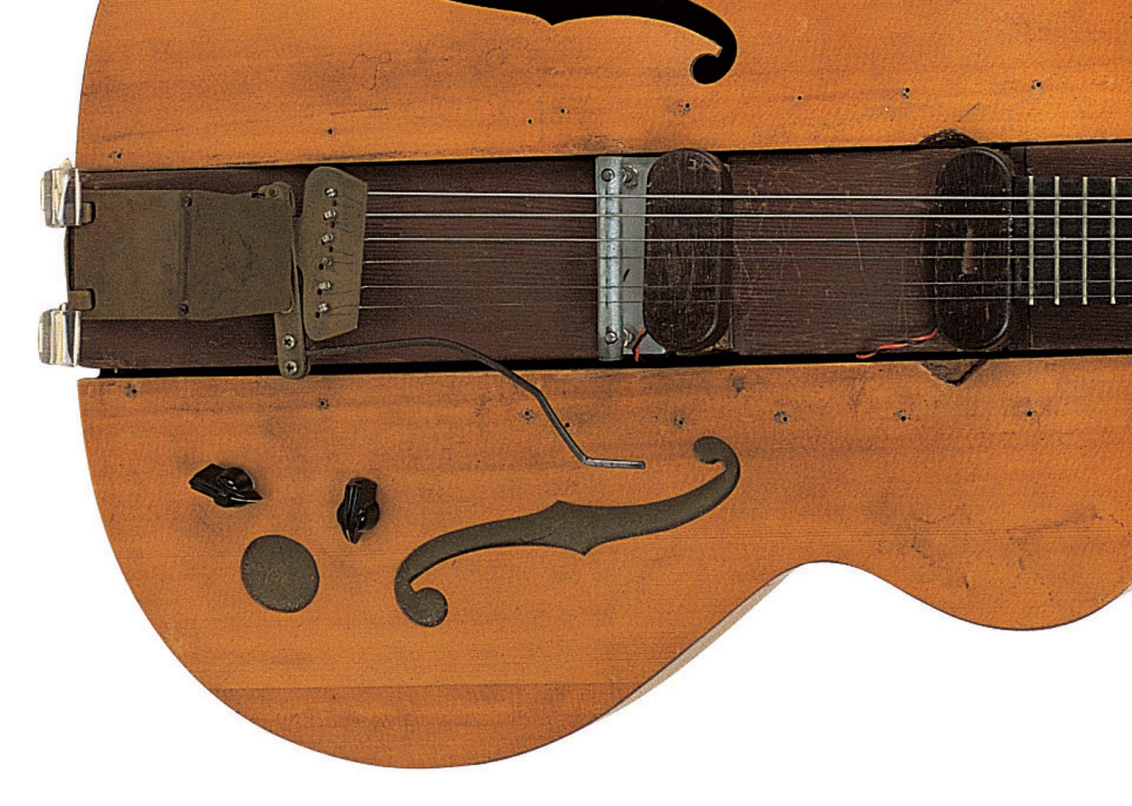
1890’s - 1957
The early Epiphone story spans three generations and the Atlantic ocean. The son of a wood merchant, Anastasio Stathopoulo observed his father’s trade and learned about tonewoods. He started crafting his own instruments in 1890. When his son “Epi” took over that company in the 1920s, he gave it the new name Epiphone, a reference not only to his own name but also the Greek word epiphonous, meaning one sound on another — the son building on the dreams of the father.
STATHOPOULO FACTORY OPENS (1890)
Anastasio Stathopoulo runs a shop selling and repairing lutes, violins, and bouzoukis in the mediterranean city of Smyrna. His reputation as a talented luthier provides enough business that he opens his own instrument factory.
STATHOPOULOS EMIGRATE TO AMERICA (1904)
When Anastasio’s oldest son, Epaminondas, is ten years old, the family moves to America, settling in New York City.
EPI TAKES OVER (1923)
Epi assumes control of the family business after the death of his father. He phases out most of the old-world-style mandolins, and instead introduces the Recording line of banjos, the most popular instrument in post-World-War-I America.
FIRST EPIPHONE GUITARS (1928)
Formerly famous for banjos, mandolins, and ukuleles, Epiphone introduces their first line of acoustic guitars to compete with the company that Epi determined was Epiphone’s greatest rival, Gibson.
STATHOPOULO HOUSE (1935)
Epiphone took advantage of its location in New York to open a showroom at its headquarters on West 14th Street in Manhattan, which became a favorite place to gather, play, and tinker for all the Big Apple’s best players — including Les Paul.
LES PAUL BUILDS “THE LOG” (1941)
It was in Epiphone’s New York factory during off-hours in 1940 and 1941 that Les Paul experimented with early prototypes for a solid body electric guitar.
THE SEVEN STRING (1956)
Collaborating with jazz guitarist George Van Eps, Epiphone develops a seven-string guitar with a low A string, and Van Eps debuts this “lap piano” in his landmark album Mellow Guitar.
